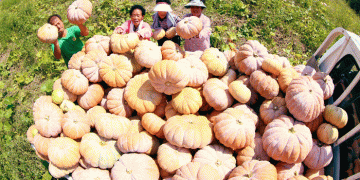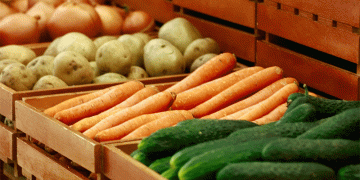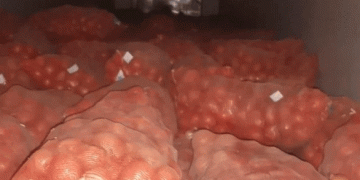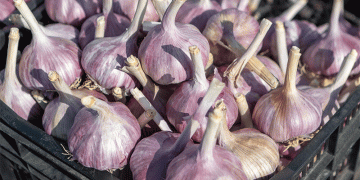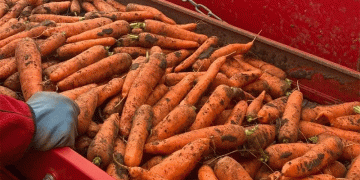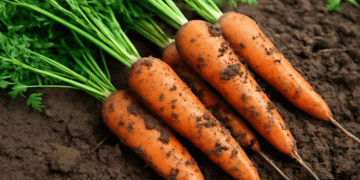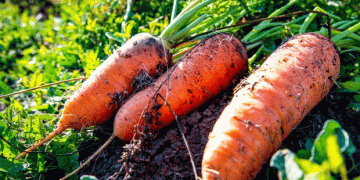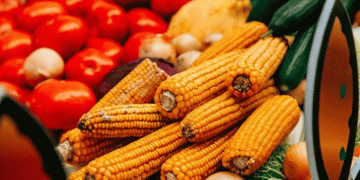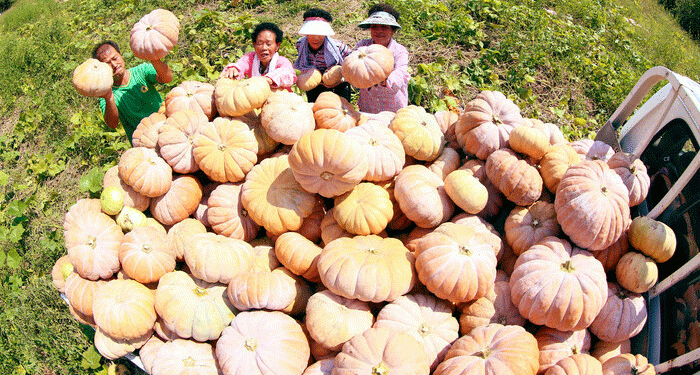In a strategic move to ensure farm income and invigorate local industry, Hamyang County in South Korea has launched a targeted program to purchase “old” pumpkins (mature, hard-skinned varieties) directly from its growers. This initiative, which involves buying approximately 100 tons of pumpkins over two days, is more than a simple subsidy; it is a carefully crafted intervention that bridges the gap between raw agricultural production and value-added processing. For agricultural professionals, this case provides a compelling model of how public and private sectors can collaborate to stabilize farm revenue and build a more resilient local food system.
The core of Hamyang’s strategy is the creation of a guaranteed market. By setting a fixed price—1,000 KRW per kg for premium 5kg+ pumpkins and 500 KRW for smaller or lower-quality fruit—the county government immediately removes the price volatility that often devastates specialty crop producers. This direct procurement model provides farmers with predictable income, a critical factor for financial planning and stability. This approach directly addresses a key challenge in agriculture. According to a 2023 OECD report on agricultural policy, market-based instruments that de-risk production, such as forward contracts and direct procurement for public goods, are increasingly vital for sustaining farm viability, especially for small to mid-sized operations.
Crucially, the intervention does not end with the purchase. The entire 100-ton volume is pre-committed to a local processing company, ‘Herb & Tea’, which will transform the raw pumpkins into pumpkin tea. This pivot to value-added is where significant economic multiplier effects are created. The USDA Economic Research Service consistently finds that value-added activities—like transforming a raw commodity into a packaged, branded consumer good—capture a much larger share of the consumer dollar and create higher-wage jobs off the farm. By securing a reliable supply of raw material for ‘Herb & Tea’, the county is not just supporting farmers; it is actively fostering the growth of a local agri-business, creating a virtuous cycle of demand.
This model aligns with global trends in rural development policy. The Food and Agriculture Organization (FAO) promotes such “short food supply chains” as a means to improve farmer incomes and increase the resilience of local economies. The Hamyang County official explicitly linked the program to “increasing the competitiveness of local agricultural products,” highlighting a strategic understanding that modern agricultural success depends on integrated supply chains, not just isolated production excellence.
The Hamyang County pumpkin program offers a powerful blueprint for agricultural stakeholders. For farm owners and agronomists, it demonstrates the importance of aligning crop selection—in this case, specific “matdol” pumpkin varieties suited for processing—with identified market opportunities. For agricultural engineers and scientists, it underscores the need for post-harvest handling and processing technologies that enable such value-added transitions. Most importantly, for policymakers and community leaders, it shows that targeted public investment in creating structured markets can be more sustainable than untargeted subsidies. By proactively linking farm production to a value-added processor, communities can build agricultural systems that are not only productive but also profitable and resilient for all participants.
